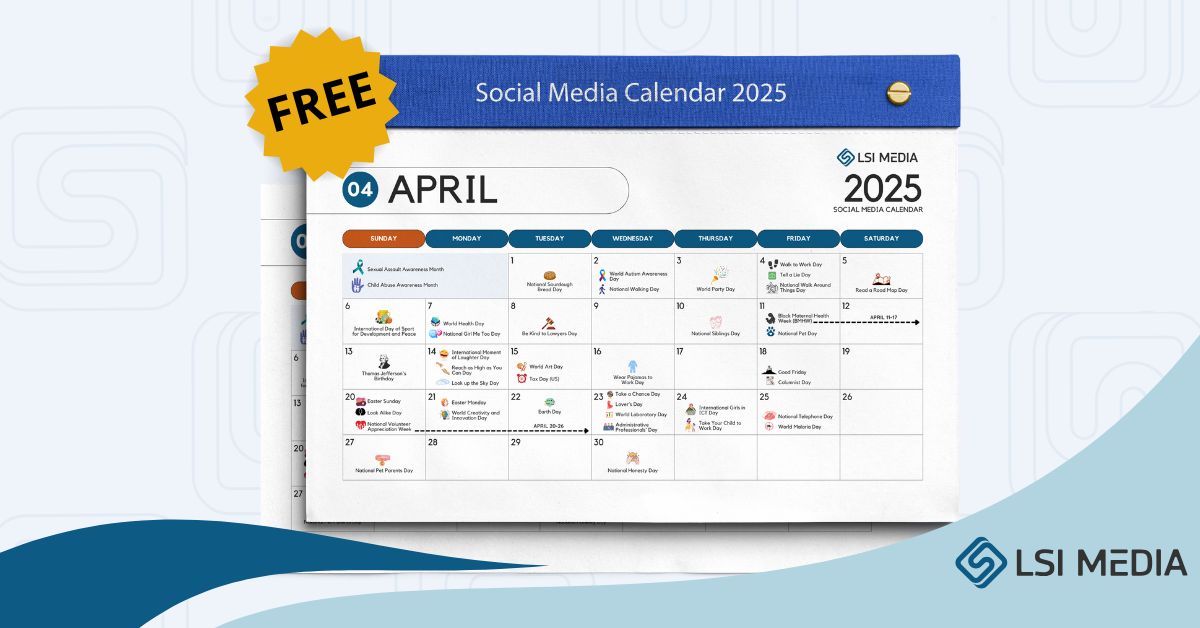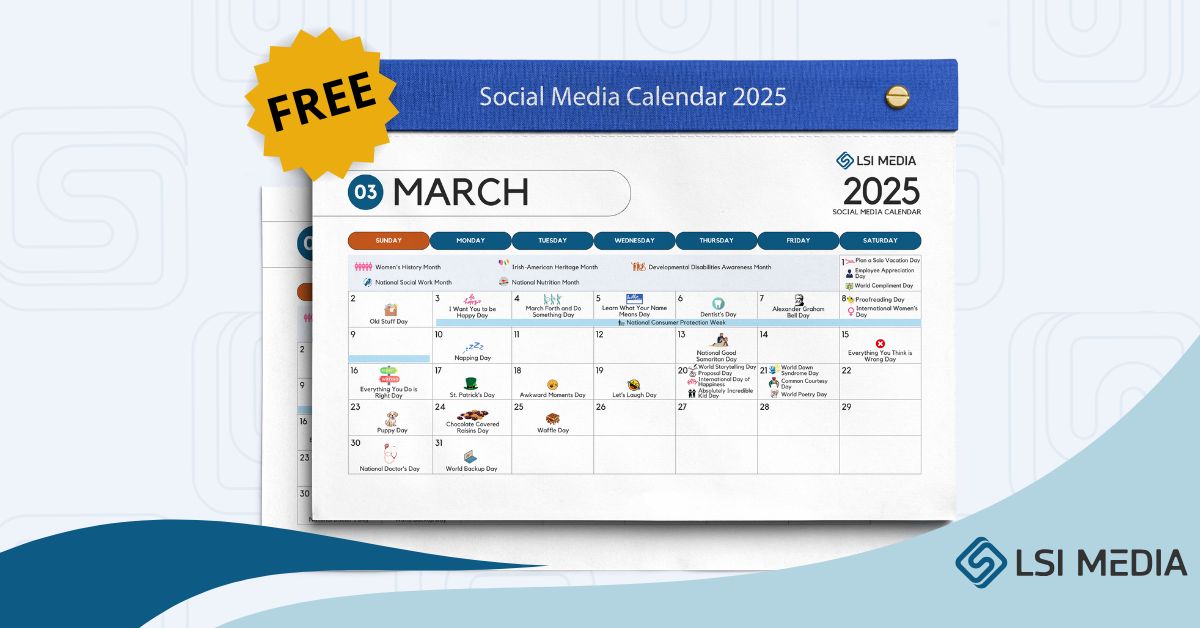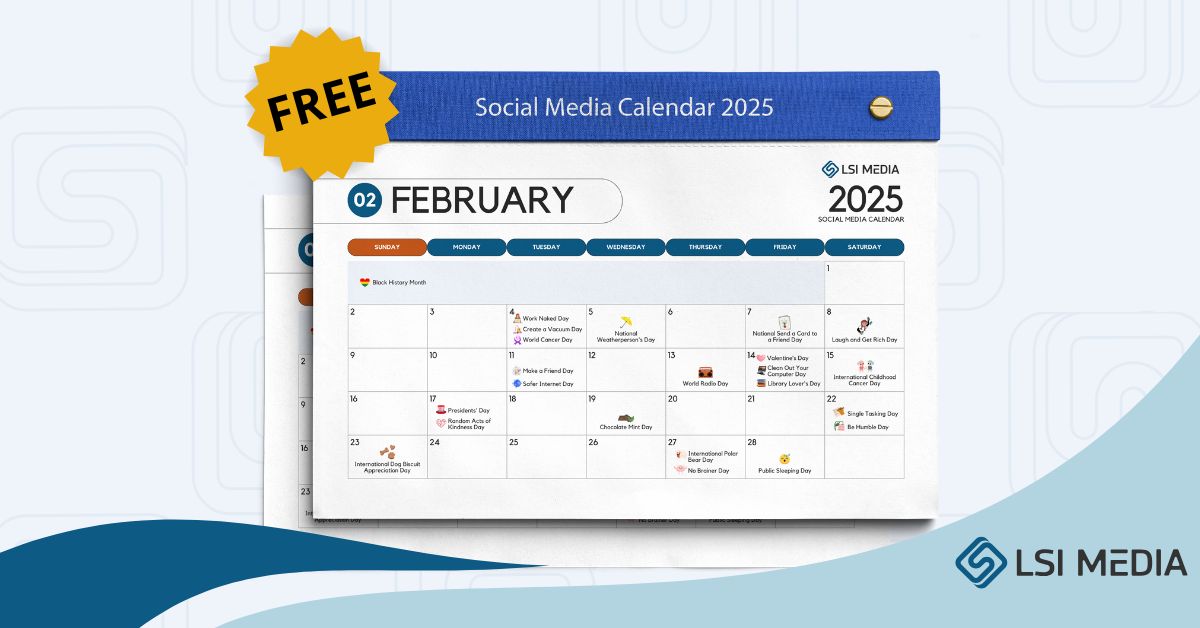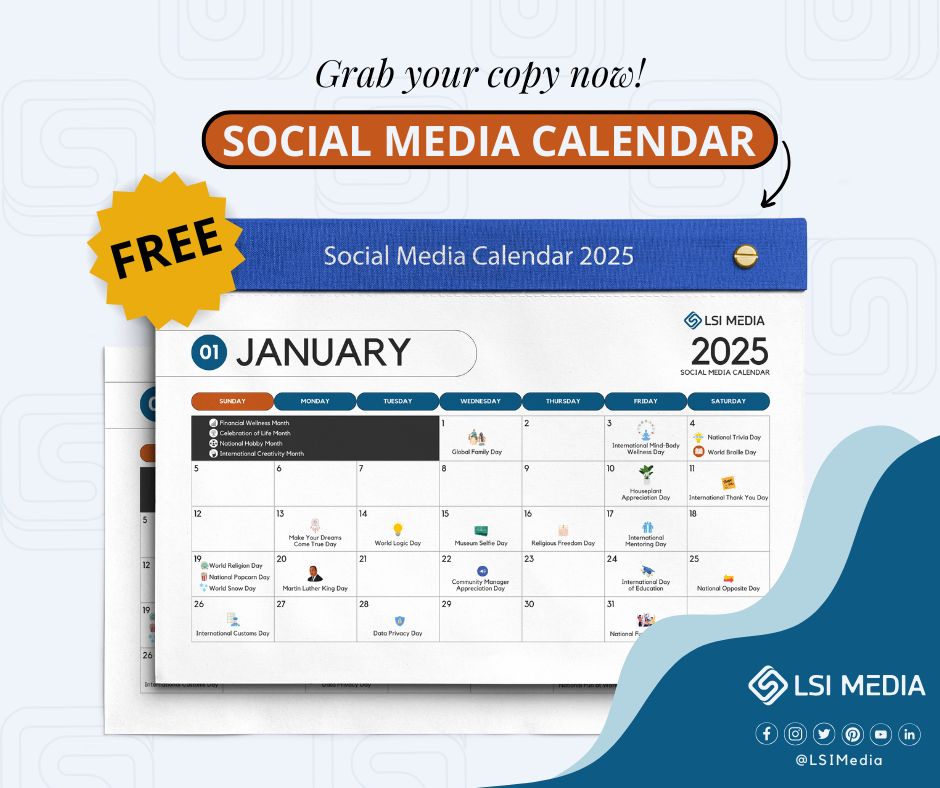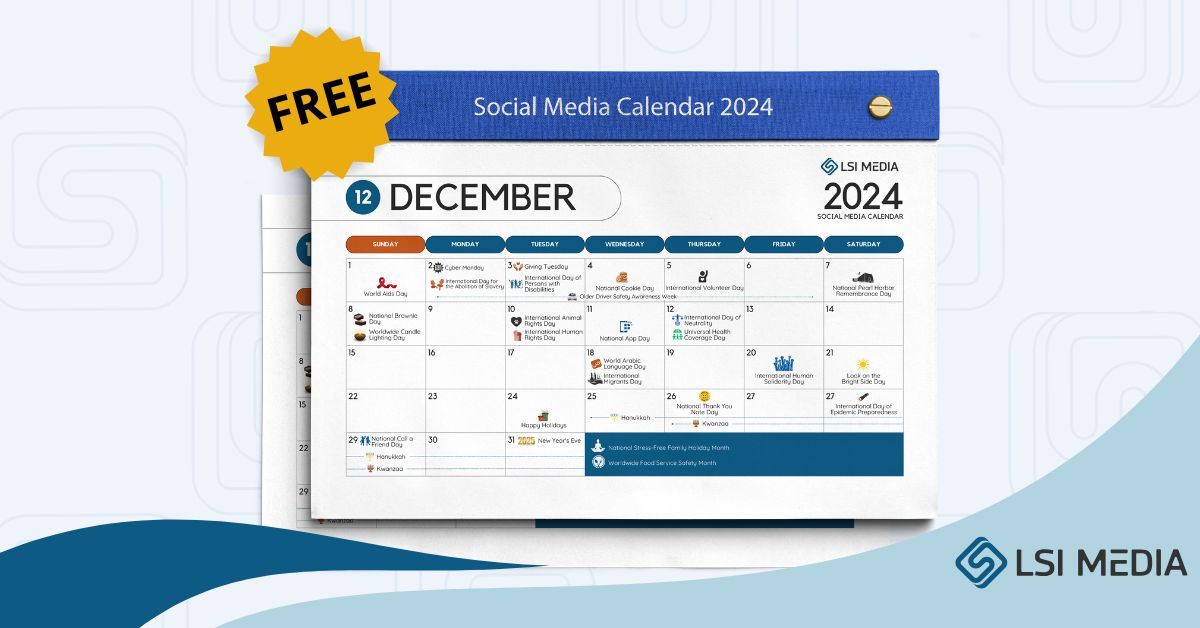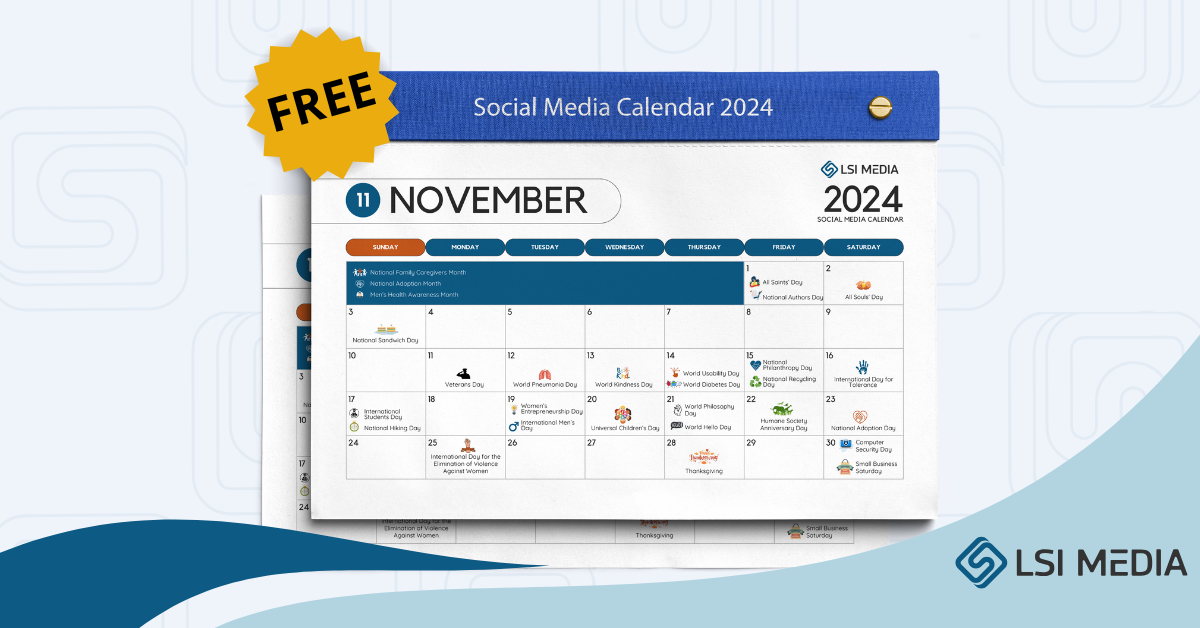[ez-toc]
An SEO strategy, or search engine optimization strategy, is all about making your audience’s search experience the best it can be. This is a detailed plan to improve a website’s search engine rankings with organic traffic, which also improves the online users’ search experience for your brand and services.
One of the main advantages of a good SEO marketing plan is that it introduces your brand to people at every step of the customer’s journey. Consequently, your company becomes a trusted source for customers no matter where they are in the purchasing process.
A word of caution when creating SEO strategies
Deliverables and strategy are often thought of as one and the same in the world of SEO. There are some examples of SEO strategies, but lists of keywords, on-page suggestions, and technical SEO audits are not among them. They’re steps in a bigger plan.
Even though many SEO strategies don’t work, that confusion is one of the main reasons why they don’t work. When they look at the big picture, they’re too scattered and don’t see it all at once. When you plan an SEO strategy, especially for a Fortune 100 website, there are a lot more steps than what’s on a simple checklist for SEO.
Key principles in creating a successful SEO strategy
1. Consider SEO Scalability
One of the biggest problems for large enterprises, when they start working on an SEO website strategy, is scalability. In-house SEO teams are very smart and efficient, quite knowledgeable in getting things done. Yet they don’t usually have the time or energy to create a lot of SEO content or build a lot of good links.
Plugins and third-party software subscriptions aren’t enough for a truly scalable SEO program. SEO technology solutions help determine market share opportunities, speed up keyword research, and manage blogger outreach, among other things. Putting together and standardizing your SEO business strategy is the best way to grow your business. It’s important to get web development, brand management, product management, and sales to work together. Furthermore, it’s important to eliminate silos and write down processes and systems so you can see what’s going on and who’s responsible.
At a large corporation, it’s important to keep executives and other departments up to date on how things are going toward the goals they set. Dashboards let you spread your SEO reporting to as many people as you need to be kept up-to-date. Data from tools like Google Analytics, Google Search Console, SEMrush, or Ahrefs is easy to get from these kinds of tools.
2. Establish SEO Objectives
Before you start a big SEO project, make sure you know what you want to achieve. After all, if you don’t have clear goals for your SEO work, you won’t be able to see how well it works. When you look at your SEO results, it’s important to connect them to things like revenue.
Find out what you want to happen in the market, and then work backwards to figure out what you want your process to look like.
- What do you need to do to increase e-commerce sales? What kinds of products and services are best for which business units, as well as which products and services would be best?
- Are you trying to gain more market share with certain groups of people? You will need to be able to identify the target market that you want to reach, and how you will measure how far you have gone.
- Do you want to get more of your audience to visit your site? What is your target goal for followers and subscribers for your site? There are a lot of different ways that you can measure how many online users visit a certain page.
- There are a lot of different ways you can try to get people to buy your product or service. How will you track conversions and micro-conversions? You need to see how many and when.
3. Utilize Your Strengths To The Fullest
Capitalizing on your strengths is a highly successful method for dominating organic search results. How? By boosting your efforts in areas where you already rank well. Rather than focusing on a few unrelated high-volume search terms, attack the vertical you’re already good at until you’re the best at it. Large groups of keywords that overlap will help you fill in the funnel and show search engines that you know what they’re looking for.
It’s likely that if you’re good at chess, you could learn and master hexagonal chess pretty quickly, too. From there, you might become a star in the Japanese game of shogi, too. All of these are games of strategy, so they’re all the same kind. Trying to play football or basketball instead of chess would be a lot more difficult than trying to play them instead. There is a good chance that even though you are very good at the game of chess, you could fail at the new game.
If Google already thinks your brand is relevant and authoritative, it will be much easier to notice small changes in rankings through a halo effect. In this way, you can keep building a specific ecosystem to dominate that area before moving on to other, more difficult aspects of SEO strategy.
4. Branded vs. Non-Branded SEO Strategy
Customers may not have certain companies in mind at the start of their journey. As a result, individuals are more likely to search for generic, non-branded keywords to learn more about the topic or product area first. Clearly, some consumers do not have the slightest idea of which businesses they want to work for as they start on their SEO strategy journey
When your audience starts to think about certain businesses, they often do a lot of searching for the names of those businesses. They might search for the product name, or the company name, or the reviews of the product that they want. Further, they may also look for articles that compare two or more different products that they can use. In this case, the searcher should get enough information to answer their question. But they also need to be able to trust the brand.
A customer is about to make a purchase when they see a lot of good reviews and “stars.” A lot of bad reviews on the Complaints Board or TrustPilot is likely to make them think again and look at other options again. You could send a cheque to your rivals instead of giving them one. It’s also likely that bad word of mouth would spread both online and offline, which would hurt sales in the long run. If you are really bent on being the best in the market, it is best for your SEO strategy to be inclusive of both branded and non-branded search queries.
5. Execute a competitive analysis
You should look up keywords and think about what you want to write about. Keyword research is at the heart of any good SEO strategy. It may seem obvious, but it’s important to make content and web pages that your customers are looking for. It’s common for big brands to produce a lot of content that doesn’t target specific keywords, or to target the same term repeatedly. Using the right keywords can help you avoid this mistake and get a better return on your SEO investment.
It will be easier to cover a wide range of topics with advanced keyword research because you won’t be able to use up keywords and lose out on value. More people will visit your website, and you’ll have a better chance of making sales.
6. Conduct a competitor analysis.
When you look at your competition’s SEO strategy, you can figure out how you can improve your own strategy. It’s important to look at your competitors’ organic search rankings, online reviews, blog strategies, and backlink profiles. In the next step, look into their user experience, social media, target audience groups, USPs, and differentiators.
Doing a technical SEO audit could be a way to go even further with your research. Take a look at their site’s health and make sure it has good technical SEO and that it’s easy to use on a computer and on a mobile phone.
Your competitive analysis should, of course, include your main competitors in the process of writing it. With this, experts maintain that you also need to include your online competitors. Make sure to include the websites that show up on the first page of Google for your SEO keywords even if they aren’t direct competitors. For example, a publication in your field could hurt your search engine results page (SERP) results.
The reason why it makes sense to pay attention to both your competitors and your own business is clear. If you want to get the most traffic from search engines, you need to beat your online competitors just as much as your real-life competitors.
Suppose you’re a beauty brand, and you don’t think of the website Byrdie as a rival, but it is. Yet, when you look at the search landscape, Byrdie crushes the competition and steals valuable traffic from all the way down the funnel, which is why it’s so good.
7. Topic Clusters for a More Effective SEO Plan
The best way not to do your research is to not focus on a single subject. Experts affirm that SEO programs work well with only one or two keywords at a time. However, it’s also important to figure out which general topics you know a lot about and deserve a high search engine ranking. As this blog post shows, clusters of topics are a great way to use pillar pages like this one to talk about very broad themes.
An SEO strategy is a high-level topic (or “pillar page”) that touches on a lot of different subtopics. Pages that deal with subtopics in the pillar-cluster model are known as cluster pages. These pages are called “pillar” pages because they cover a wide range of topics and link out to more detailed resources to learn more about them.
Indeed, there are many ways that topic clusters can help you. From high-volume “head terms” to very specific “long-tail keywords,” you can cover the whole range of a group of keywords. Furthermore, you can show search engines how wide your coverage is and pass link value from one piece of content to another by using an internal linking strategy. Align your content with what people are looking for when they search for it
8. Search Intent and Content
Search intent is one of the most important parts of keyword research because it helps Google figure out what it wants to do. Furthermore, Google wants to give its users the most relevant content as quickly as possible so that they can find what they need. A lot of people search for a certain word. As a result, your content, business, products, or services may not be in line with the user’s needs. With this, it would be almost impossible to get ranked, and any traffic that came would most likely leave without buying anything.
How can you figure out what Google thinks about what you want to do?
When you type in your keyword, look at the top 10-20 results. Are they focused on research, solutions, or brands?
A case study service page might not help you if the search results are full of how-to articles. Meanwhile, the sales copy promoting your cosmetics product may not exactly be what the user wants or needs. It’s best to look for other jobs if the results are clearly from a different field.
You can’t go wrong if you focus on meeting the searcher’s needs with your destination pages. Keyword-to-page alignment of intent is the best way to use keywords, because it gives the best experience for the users who use your site.
9. Technical SEO As An Effective Strategy
A good keyword strategy alone won’t help you take over the search engine results pages. You need to use other strategies as well. Furthermore, you also need to make sure that your website is safe to use and that it is good for search engines. Even though it may seem obvious, large brands often have a hard time with this.
You can use tools like Deep Crawl, Screaming Frog, and OnCrawl to find out about important technical SEO problems. Internal roadblocks and lack of development time can hold up important technical changes, causing SEO teams to fall back on link building without laying the right groundwork.
As a result, there are problems with crawling, link equity distribution, and user experience because of technical problems. Consequently, this will mean that Google will not be able to rank your brand high on its early pages. Search engines often get lost when they try to crawl the URLs of pages on big, complicated websites. If you look at your log files to see how well your crawl budget is being used, you might see pages that are already indexed but aren’t getting any hits from search engine bots.
Or, you might notice that pages that take a long time to load don’t do well in organic search. Maybe your URL structure isn’t the best. Some of the linked content on a page might not be HTTPS like the rest of the site. This is called “mixed content.” Perhaps there has been a rise in the number of 404 error pages you see. Perhaps there are problems with your XML sitemaps. They might have old or missing URLs.
Technical SEO is the foundation of your search engine optimization strategy, and it should be the first thing on your to-do list. For your content and backlinks to have a big impact on your organic search results, you need to have a strong technical base. B2B buyers read 3 to 7 pieces of content before talking to salespeople about a deal. As industry experts affirm, high-quality content is indeed among the top three ranking factors in SEO. How can you tell if something is good? And how can you make sure your content strategy helps your business goals?
LSI Media Can Help You With A Successful SEO Strategy For Your Company
At LSI Media, we use a wide range of research, strategic development, IA and page-level outlining, and full publishing abilities to make a big difference on pages across your website and through your customer funnel.
We look at the search landscape in your market to figure out which topics to focus on, as well as what people are looking for and what kind of content they need to get there. For example, product pages, blog posts, and long-form content are all types of content that can get you to the top of the search results.
With LSI Media’s SEO-focused content marketing services, not only lets Google know that your content is relevant, but it also helps you deliver a better customer experience when your audience is looking for information about a specific topic. Take advantage of our SEO-optimized content marketing strategies. Surely. you’ll earn many powerful backlinks and make your customers happy at the same time, which is great for your business! Reach out to LSI Media’s sales team today.
FAQs:
1. What is SEO?
SEO stands for Search Engine Optimization. It is the process of optimizing a website and its content to improve its visibility on search engine result pages (SERPs) and drive organic (unpaid) traffic to the website.
2. Why is SEO important for business?
SEO is important for business because most web traffic is driven by search engines. When your website ranks higher on search engine results, it increases the visibility of your business, generates more organic traffic, and ultimately leads to more potential customers, higher conversion rates, and increased revenue.
3. How do I create an SEO strategy?
Creating an SEO strategy involves several steps:
- Define your goals and target audience
- Conduct keyword research to identify relevant keywords
- Optimize your website’s on-page elements (title tags, meta descriptions, headings, URLs, etc.)
- Create high-quality, relevant, and unique content
- Optimize your website’s technical aspects (site speed, mobile-friendliness, structured data, etc.)
- Build high-quality backlinks
- Monitor and analyze your website’s performance using analytics tools
- Continuously adjust and improve your SEO strategy based on data and insights
4. What are the key factors to consider when developing an SEO strategy?
The key factors to consider when developing an SEO strategy include:
- Keyword research and targeting
- Content optimization
- Technical SEO aspects
- User experience and website design
- Backlink quality and authority
- Mobile optimization
- Local SEO (if applicable)
- Regular monitoring and analysis
5. How long does it take to see results from SEO?
The time it takes to see results from SEO can vary. It depends on various factors such as the competitiveness of your industry, the quality of your SEO strategy, the authority of your website, and the effort you put into implementation. Generally, you can start seeing improvements in rankings and organic traffic within a few months, but it may take 6 to 12 months or more to achieve significant results.












